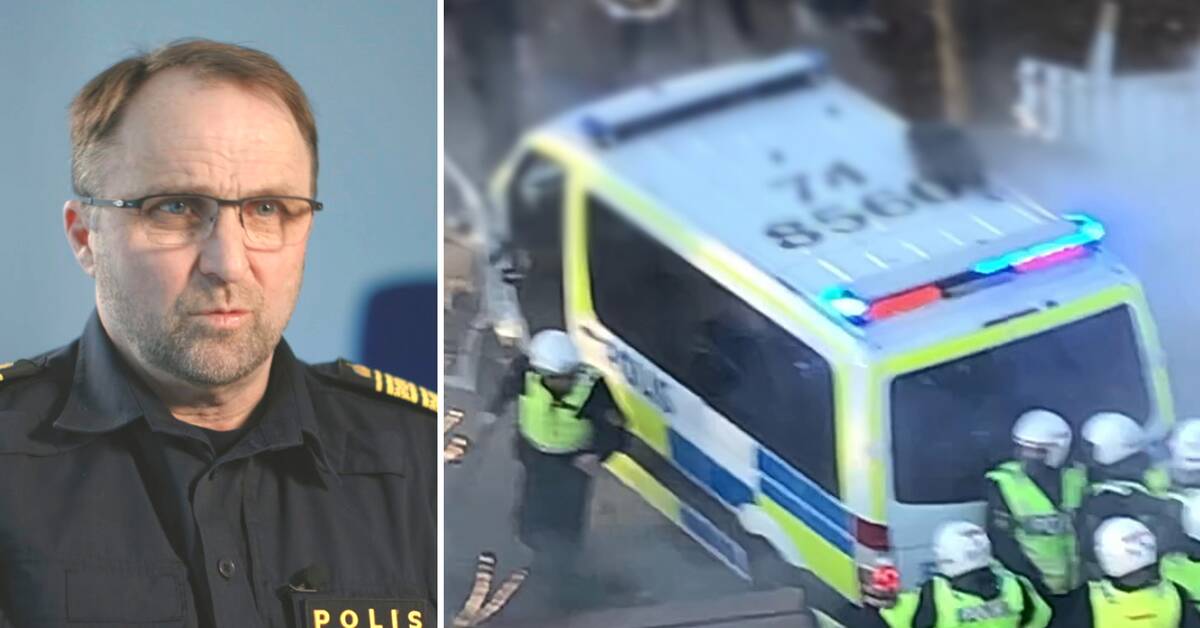After the Gothenburg riots in 2001, the police developed a concept called special police tactics, SPT. It's about how the police should handle crowds that are at risk of becoming violent. Uppdrag granskning has gone through a large number of testimonies from police officers who worked at the riots in Norrköping and Örebro and can show that the police did not fully follow the special police tactic, SPT.
"If we had had the full SPT concept in place from the beginning, we probably could have mitigated this," says Peter Karlsson, commander of the Bergslagen region.
Avoided informing about Quran burning
Personal injuries were highest in Örebro. Over 70 police officers were injured. Lack of training and the wrong vehicle are criticized in the police's own investigation of the riots. But also too little preparation. Coordinator of the dialogue police in Bergslagen, Tobias Brodin, believes that they deliberately refrained from going out with information about Paludan's visit because it could risk gathering more counter-protesters. Although, according to the SPT, people who may wish to protest against an action must be prepared.
- I think that's wrong. Because we have a proven concept of special police tactics and dialogue police. But we still actively choose not to work with it in the face of perhaps one of the hottest situations that we in the region have faced, says Tobias Brodin.
Changed location – after information from mosque
Paludan first received permission to burn the Koran in Vivalla in Örebro, near the mosque after Friday prayers. But the night before the riot, commander Peter Karlsson received important information from the mosque and municipal police that made him decide to change location to Sveaparken in central Örebro for security reasons. But the information risked never reaching the police in time. The chairman of the mosque in Örebro, Yusuf Abdow says in Uppdrag granskning that the police never contacted them. For several days before Paludan's visit, he tried to get someone from the police to come and inform the mosque.
- That's not wise. It's an absurdity because if you're going to be in front of the mosque and at the same time not inform people. It could go the other way as well. There could be chaos," Yusuf Abdow said.
The move to Sveaparken is criticized in the police's own evaluation of the riots. It is a large, open area lined with lots of paving stones.
" Based on tactics, the choice of location was completely wrong. It is very difficult for the police to keep it, says Police Inspector Jonas Packalén, who himself was subjected to violence during the riot in Örebro.

